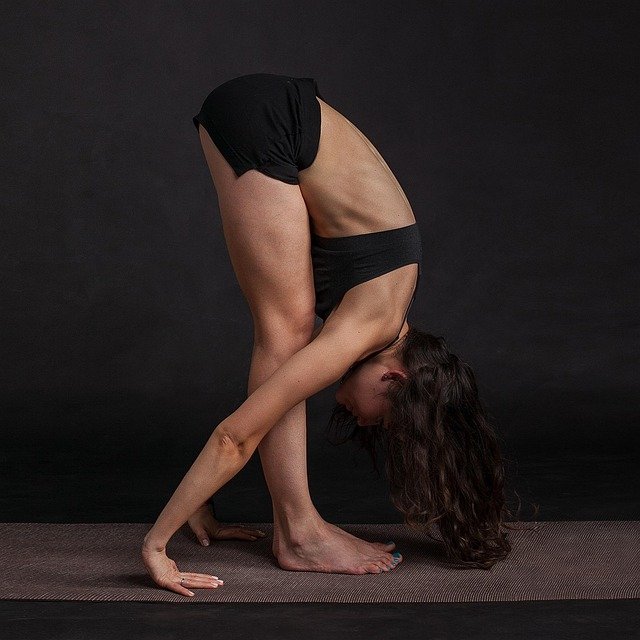Exploring the World of Dance: How Classes Improve Body and Mind
Dance classes offer a unique combination of physical exercise, creative expression, and social interaction that benefits both body and mind. From improving cardiovascular health and muscle strength to reducing stress and building confidence, regular dance practice provides comprehensive wellness benefits. Whether you're drawn to the elegance of ballet, the energy of hip-hop, or the passion of Latin dance, there's a style suited to every personality and fitness level.

Dance has been a fundamental part of human culture for thousands of years, serving as a form of communication, celebration, and artistic expression. Today, dance classes continue this tradition while offering modern practitioners a holistic approach to physical and mental wellness. The structured environment of dance instruction provides individuals with opportunities to develop coordination, strength, and flexibility while simultaneously engaging in creative self-expression and social connection.
Different Styles of Dance Classes and What They Offer
The diversity of dance styles available today ensures that everyone can find a form that resonates with their interests and abilities. Ballet classes focus on precise technique, posture, and grace, building core strength and flexibility through controlled movements. Contemporary dance combines elements from various styles, emphasizing fluid motion and emotional expression. Hip-hop classes offer high-energy workouts that improve rhythm and coordination while building cardiovascular endurance.
Latin dance styles like salsa, bachata, and merengue provide cultural immersion alongside physical benefits, incorporating partner work that enhances social skills. Jazz dance emphasizes sharp, dynamic movements that build strength and agility, while tap dance develops rhythm and timing through percussive footwork. Each style offers unique physical challenges and creative outlets, allowing students to explore different aspects of movement and musicality.
The Physical Benefits of Regular Dance Practice
Regular participation in dance classes delivers significant physical health improvements comparable to other forms of exercise. Cardiovascular endurance increases through sustained movement patterns, while muscle strength develops through repeated use of various muscle groups. Dance particularly benefits core stability, as most movements require engagement of abdominal and back muscles for proper execution.
Flexibility naturally improves through the range of motion required in dance movements, reducing injury risk and enhancing overall mobility. Balance and coordination develop as dancers learn to control their bodies in space, often while moving to complex rhythms. Weight-bearing dance movements also contribute to bone density, making dance an excellent choice for maintaining skeletal health throughout life.
How Dance Supports Mental Health and Emotional Expression
The mental health benefits of dance extend far beyond physical exercise. Dance classes provide a creative outlet for emotional expression, allowing participants to process feelings through movement. The focus required during dance practice creates a meditative state that reduces anxiety and promotes mindfulness.
Regular dance participation has been shown to decrease symptoms of depression and improve overall mood through the release of endorphins and other feel-good chemicals. The artistic nature of dance encourages creativity and self-expression, building confidence and self-esteem. Learning new choreography challenges cognitive function, potentially improving memory and mental agility.
Social and Community Aspects of Group Dance Classes
Group dance classes foster social connections and community building in unique ways. The shared experience of learning choreography creates bonds between classmates, while partner dances specifically develop communication and trust skills. Many students find that dance classes provide a welcoming environment where they can meet like-minded individuals who share similar interests.
The supportive atmosphere typical of dance studios encourages personal growth and risk-taking in a safe space. Students often develop lasting friendships through their shared dance journey, and many studios organize social events and performances that strengthen community ties. For individuals who may feel isolated, dance classes offer regular social interaction and a sense of belonging.
Choosing the Right Dance Class Based on Interests and Goals
Selecting the appropriate dance class requires consideration of personal interests, fitness level, and objectives. Beginners should look for classes specifically designed for new dancers, which typically focus on basic techniques and build skills gradually. Those seeking intense physical workouts might gravitate toward high-energy styles like Zumba or hip-hop, while individuals interested in artistic expression might prefer contemporary or lyrical dance.
Age-appropriate classes ensure proper instruction and peer interaction, with many studios offering specialized programs for children, teens, adults, and seniors. Consider the time commitment required, as some dance styles demand more frequent practice to master techniques. Trial classes or studio visits can help determine whether the teaching style and class atmosphere align with personal preferences.
The journey into dance offers rewards that extend far beyond the studio walls. Whether seeking physical fitness, creative expression, social connection, or simply joy through movement, dance classes provide a comprehensive approach to wellness that benefits both body and mind. The skills developed through dance practice - discipline, creativity, confidence, and physical awareness - transfer to many other areas of life, making dance education a valuable investment in personal development.




